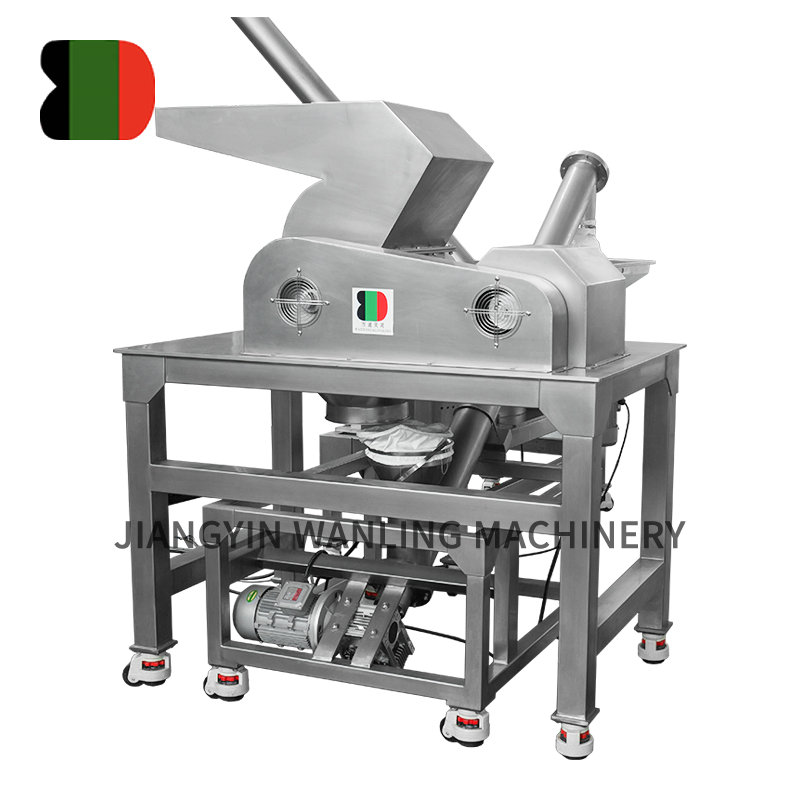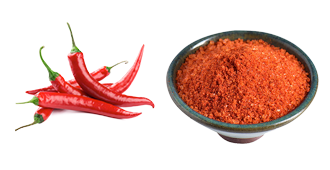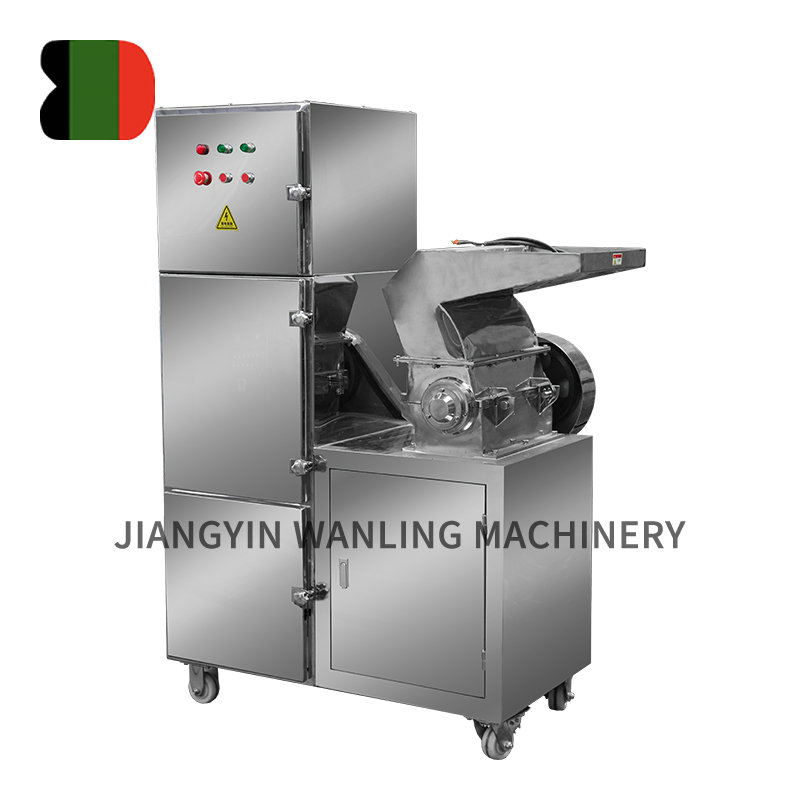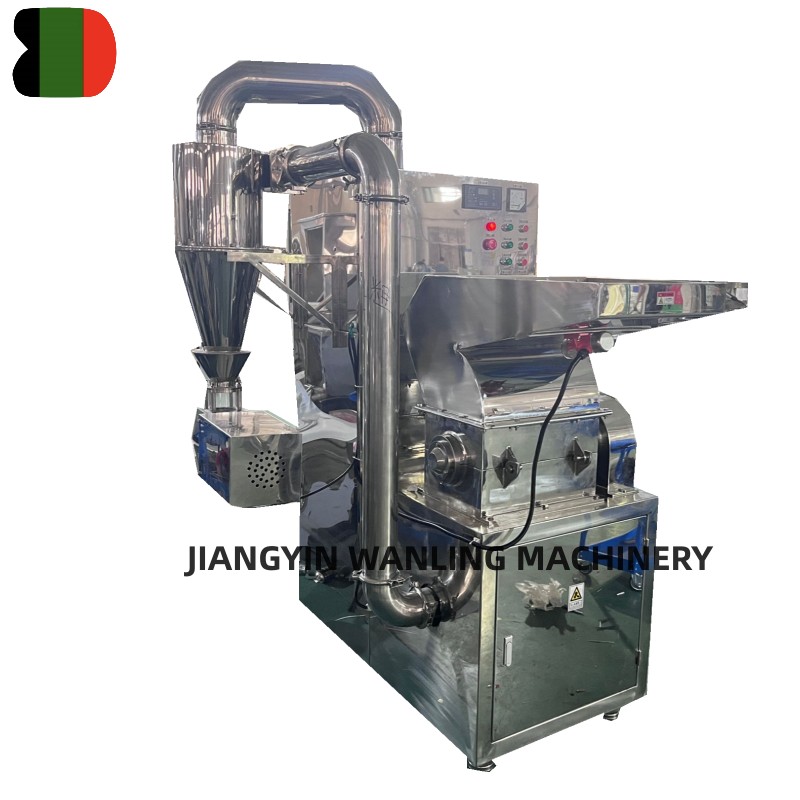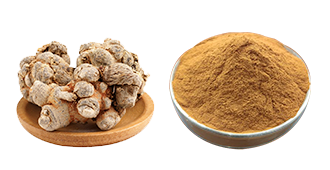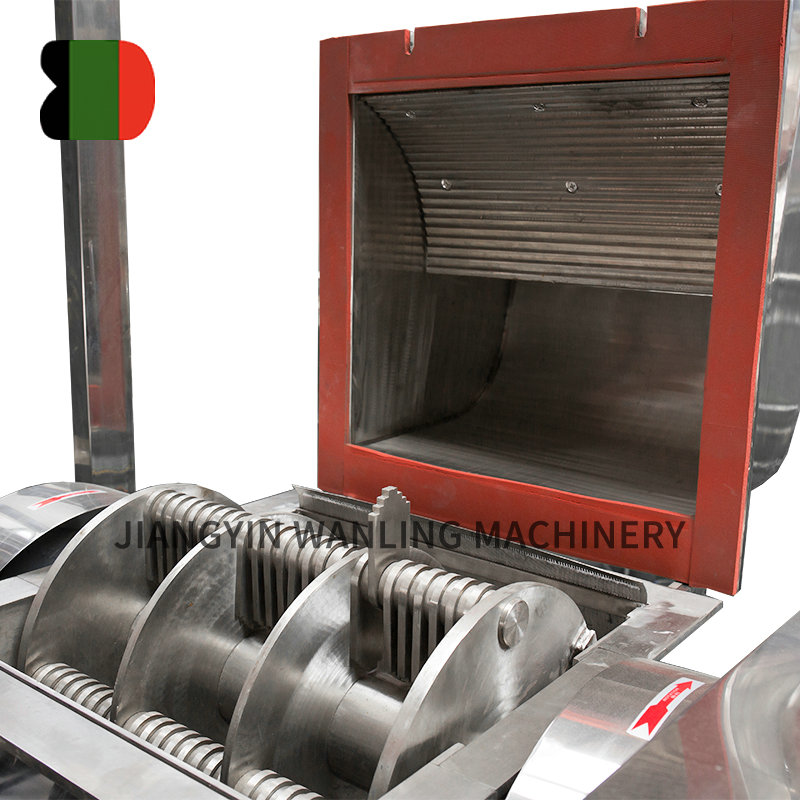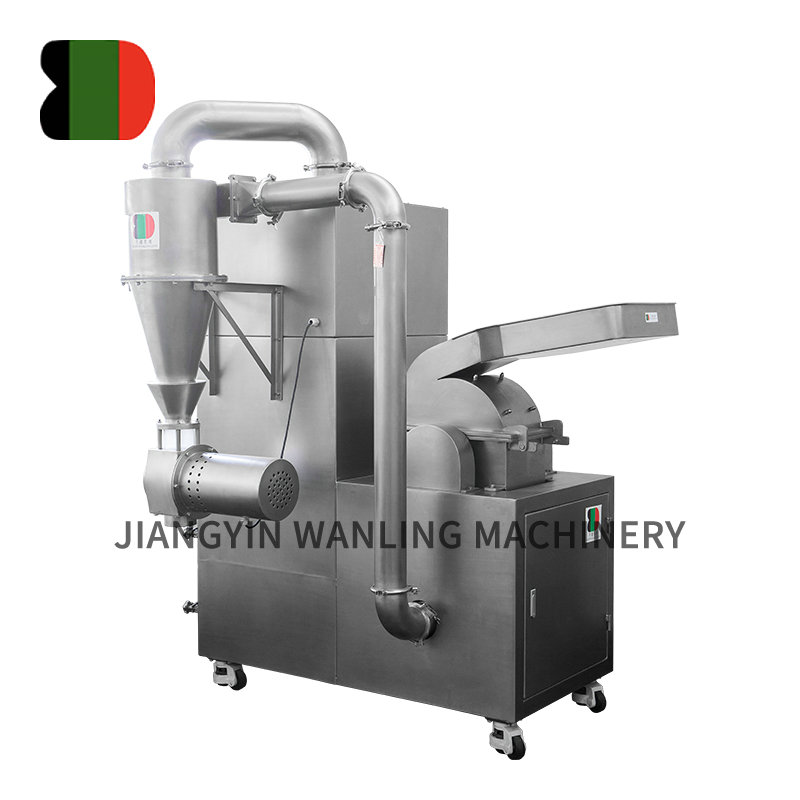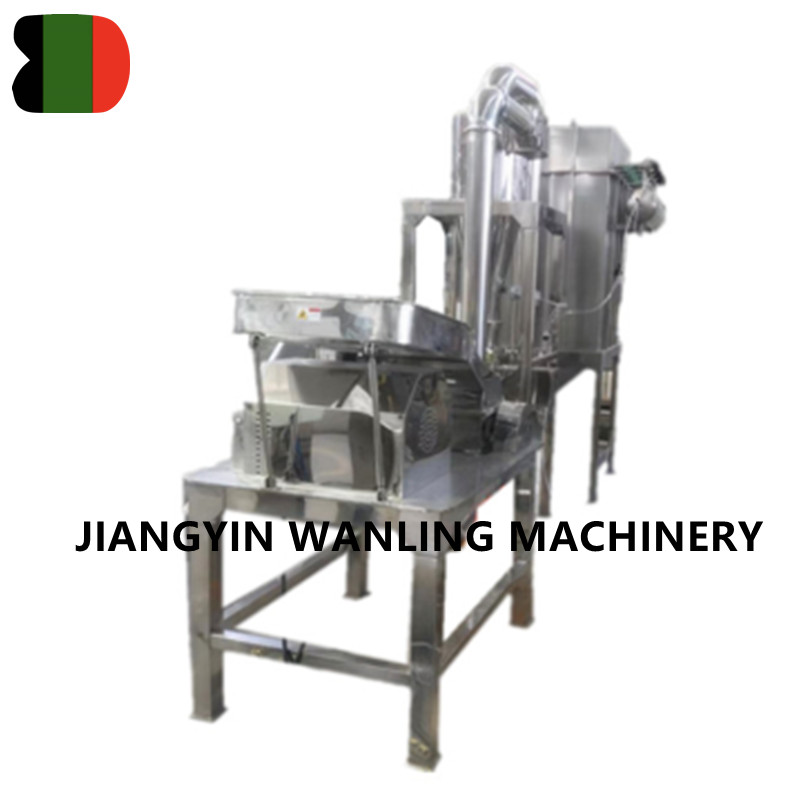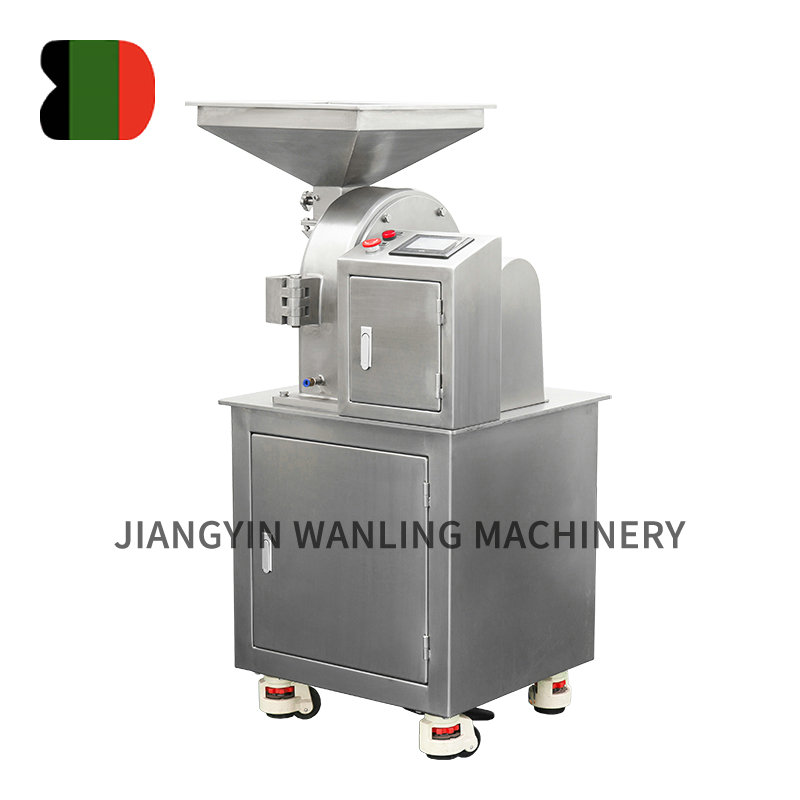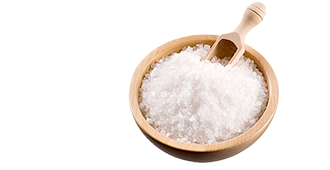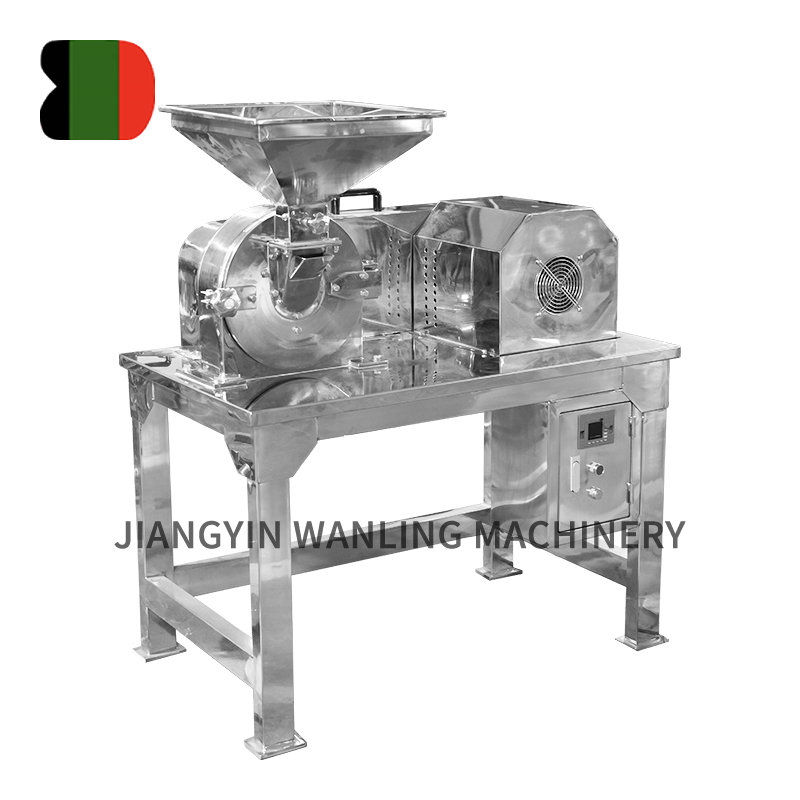The shape and size of a mixer’s chamber are crucial factors in determining how effectively and efficiently a mixer can achieve uniform mixing. These aspects influence material flow, mixing time, and the uniformity of the final blend. Here’s how:
1. Shape of the Mixing Chamber
The shape of the mixing chamber determines how materials are moved and how the mixer blades interact with the contents. Different shapes can improve or hinder the mixing process depending on the application.
Cylindrical Chamber:
Most common in industrial mixers, a cylindrical chamber provides a well-defined space for the mixer’s blades or paddles to operate. The circular shape allows for even distribution of forces and smooth movement of materials, especially when combined with appropriate mixing blades like ribbons or paddles.
Effect on Uniformity: The rotation of blades or paddles in a cylindrical chamber helps prevent material buildup on the walls, which promotes more consistent mixing, particularly with dry powders or bulk materials.
Challenges: The larger the chamber, the more difficult it may be to achieve uniformity with highly viscous materials, as their flow may be restricted. Larger volumes may require more powerful or specialized blades to achieve even mixing.
Conical Chamber:
Used in some specialized mixer machines, the conical chamber shape encourages better material flow and can assist in achieving more uniform mixing by allowing the material to move naturally toward the center. The narrow bottom of the cone can help consolidate particles, which is useful for gravity-assisted mixing.
Effect on Uniformity: Conical chambers can improve the consistency of mixing by helping to avoid the segregation of different-sized particles and improving the efficiency of blending heavier components. It’s often used in powder mixing applications to prevent clumping.
V-Shaped Chamber:
Used primarily in V-blenders, the V-shape ensures that materials move freely in the chamber while being turned over, mixing at different angles. This design reduces the tendency for materials to remain in corners or on the bottom.
Effect on Uniformity: Particularly effective for small batches or when the materials have differing densities or sizes. The V-shape allows for more thorough mixing with less chance of material sticking to the walls, leading to more homogeneous results.
Tapered or Hourglass Chambers:
Some mixers use chambers that taper in or out. These designs promote smooth material flow and can improve the efficiency of the mixing process, especially for materials that require more gentle blending.
Effect on Uniformity: Tapered shapes can help facilitate material movement and prevent issues like segregation or clumping, ensuring a more consistent mix over time.
2. Size of the Mixing Chamber
The size of the mixing chamber has a direct impact on how materials interact within the space, the efficiency of the mixing process, and the time required for thorough blending.
Smaller Chambers:
Higher Mixing Efficiency: Smaller chambers typically require less time for materials to be thoroughly mixed. The mixing blades have less material to move around, which makes the process faster and can increase the overall efficiency of mixing.
More Control: With smaller volumes, it’s easier to control the speed and intensity of mixing, which is particularly important for sensitive or high-precision mixing tasks (e.g., cosmetics, pharmaceuticals).
Challenges: Smaller chambers can sometimes struggle with materials that have a high viscosity or that form clumps, as the smaller volume doesn’t provide as much room for effective material distribution.
Larger Chambers:
Handling Bigger Batches: Larger mixing chambers are designed for high-volume production and can handle much larger quantities of materials. However, the increased volume can lead to slower mixing, and achieving uniformity can be more challenging due to the greater amount of material to move.
Increased Mixing Time: As the chamber size increases, it typically requires more time for the materials to circulate properly. Larger chambers may also result in areas where materials tend to accumulate or remain unmixed if not properly designed.
Material Segregation: In large chambers, there is a higher risk of segregation (where different particle sizes or densities separate), especially when mixing powders or granular materials. This can lead to inconsistent product quality unless the chamber is equipped with specialized mixing blades or mechanisms.
Proportional Relationship:
The size of the chamber must be proportionally matched to the capacity of the mixer blades to ensure that materials are adequately moved around and that there is no overloading of the mixer. A chamber that’s too large for the selected blades may result in inefficient mixing, while a chamber that’s too small may lead to insufficient material flow and incomplete blending.
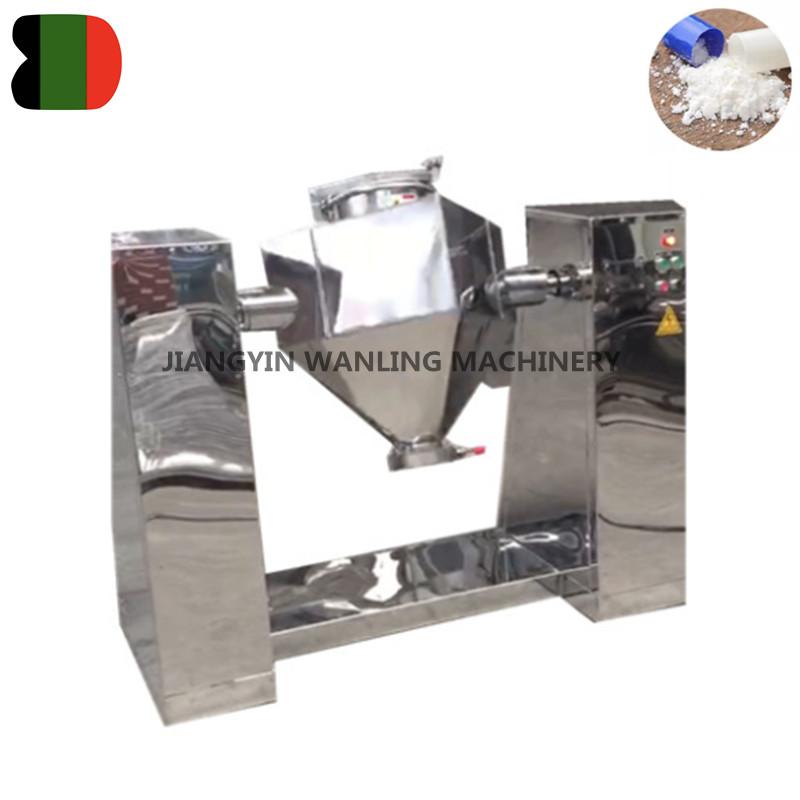
3. Effects of Chamber Size and Shape on Mixing Patterns
Material Flow Patterns: The design of the chamber influences how materials flow within the mixer. A well-designed chamber encourages proper flow and prevents dead zones (areas where material doesn’t mix or moves too slowly).
For instance, a conical chamber allows for better gravity flow, ensuring that heavier particles don’t remain stuck at the bottom of the vessel.
A cylindrical or barrel-shaped chamber can cause materials to flow in a circular pattern, which is ideal for certain types of materials, like powders or granular solids.
Mixing Time and Homogeneity:
A well-proportioned chamber will allow for efficient mixing without the need for excessive mixing time. This is important in high-speed or high-volume production processes, where minimizing cycle time is crucial for maintaining productivity.
The chamber’s shape, particularly in machines like planetary mixers, plays a key role in ensuring that all parts of the material are exposed to the mixing blades, leading to a more homogeneous mixture. In a planetary mixer, the blade’s ability to reach all areas of the mixing chamber contributes to better uniformity.
Airflow and Heat Management: In some applications (e.g., for sensitive materials), the chamber’s design can also affect airflow or heat buildup during mixing. For example, conical or tapered chambers may encourage better air circulation, which can help prevent overheating in materials that are sensitive to temperature changes (such as certain pharmaceutical compounds).
4. Specialized Chambers for Specific Applications
Vacuum Chambers: In applications where materials are prone to oxidation or contamination (such as certain food or pharmaceutical products), mixing chambers can be designed with a vacuum system to remove air during the mixing process. This ensures that materials remain uncontaminated and helps prevent unwanted chemical reactions.
Pressure Chambers: For mixing materials under high pressure (such as in some chemical or polymer applications), chambers can be built to withstand high internal pressures. This is especially important when working with reactive or volatile substances.



 Español
Español